Serious Fun: The Wild World of Charles and Ray Eames
American design duo Charles and Ray Eames are icons of the 20th century, pioneering the streamlined naturalism of Mid-Century Modernism. Their particular brand of Modernist architecture, interiors, furniture and industrial design was both playful and minimal, injecting fun into the po-faced seriousness of the design world. He was the clean minimalist who revolutionised weightless design while she was the artist who brought in colour, eclecticism and fun. Together they projected to the world a vision of blissful coupledom, but the reality was more complex and nuanced; Ray struggled to be taken seriously and had to work twice as hard to earn her place at the table.
Charles Eames trained as an architect in Washington and Missouri, while Bernice Kaiser, known as ‘Ray’, was a painter who had studied with the famous Abstract Expressionist Hans Hoffman. They met in 1940 while both were working at the esteemed Cranbrook academy, which had an established reputation for fostering modernist design talent. Ray was employed to help Charles and the furniture designer Eeero Saarinen develop a series of designs for the Museum of Modern Art’s Organic Furniture Competition made from moulded plywood – the designs went on to win two first prizes.
Charles and Ray immediately hit it off and by 1941 they had married. Following a move to California, the pair went on to establish their own design house in 1947. The years they shared together were impressively prolific as they moved seamlessly between an array of design work including architecture, interiors, furniture and film. Throughout the 1940s and 1950s furniture was the most widespread and popular strand of their output. Their most timeless and iconic design was the DSR Chair, 1948, with a seat made from moulded fibreglass and base in wooden or metal rods, the ESU storage units, 1954, featuring plywood sliding doors and playful multicoloured panels, and the stackable DSS Eames Plastic Chair, 1955. Another design classic that is still as popular today, as it was in the 1950s, is the Lounge Chair and Ottoman set, which was modelled with the ultimate comfort in mind, following Eames’ vision for a chair with the “warm, receptive look of a well-used first baseman’s mitt.”
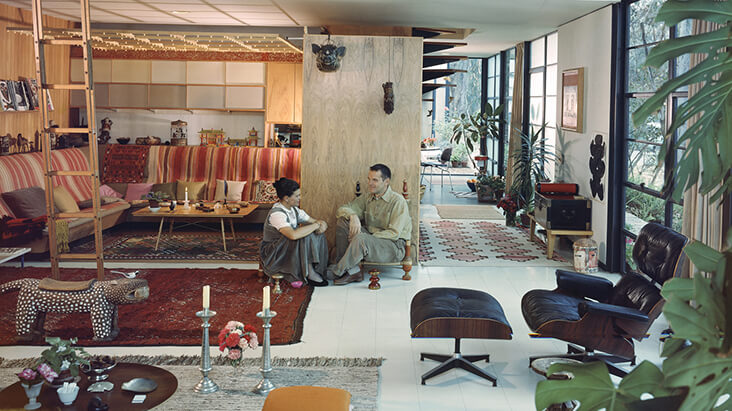
Ray and Charles sit in the living room of the house they designed together in California in 1958, with the famous Lounge Chair and Ottoman set in the foreground
While it was Charles who received the most credit for their teamwork, he was the first to point out Ray’s integral role in their design process, arguing, “Anything I can do, Ray can do better.” But within wider circles, this attitude has taken decades to filter through – in her day Ray was often pushed to the side, or patronisingly seen as Charles’ helper. The chauvinistic attitudes of the 1950s were partly to blame, but so, too was the nature of her input, which was, perhaps harder to spot, focusing on the final finishes, colours and details that gave their style its distinctively human touch.
Of all the designs Ray and Charles collaborated on, the home they built together in Pacific Palisades, Los Angeles in 1949 was by far the most influential aspect of their design legacy, so much so it is now considered one of the most important design breakthroughs of the post-war era, and has been preserved as a National Historic Landmark in the United States. Their home became the centre of their life together, a place where they would entertain high-profile friends from the realms of design and film, encouraging them to try out their latest mad-cap furniture designs and inventions.
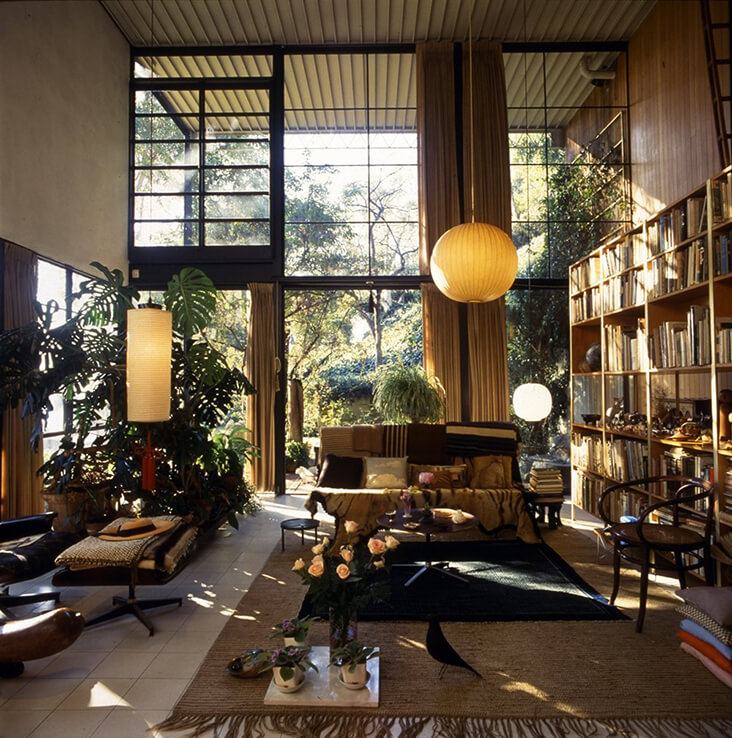
The eclectic interior of the Eames home in Los Angeles, now recognised as an iconic emblem of mid-century design
But the home also allowed each partner to express their individual voices clearly – Charles designed the Bauhaus-style framework and exterior with huge panes of glass to bring the outside in, and to give the entire building a weightless quality which a critic in Architectural Forum described as “life in a Chinese kite.” Ray, on the other hand, focused on the interiors of the building, breathing warmth and life into the austere glass minimalist look with all manner of patterned rugs, plants and artefacts collected from their adventurous travels across the globe. “Take your pleasure seriously,” wrote Charles – it was this combined aesthetic that made the Eames such a monumental force of mid-century design, merging the austere geometry of Modernism with a spirit of joyful, irreverent fun.





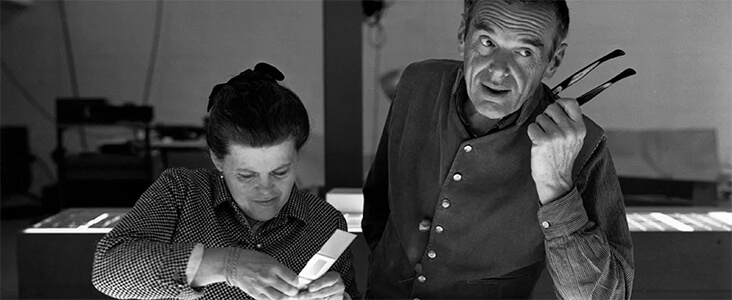

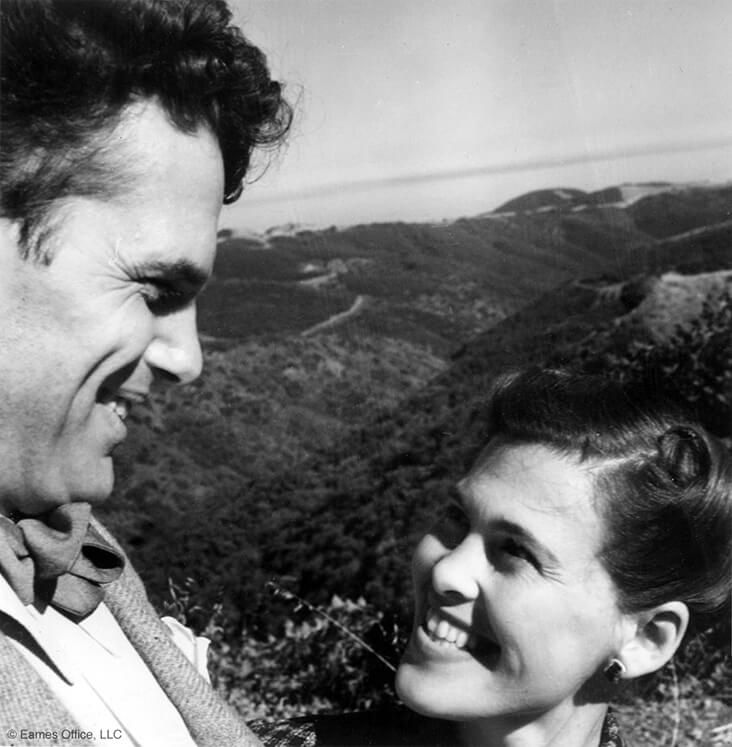

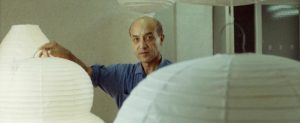

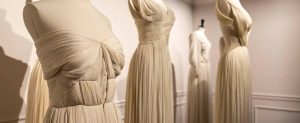














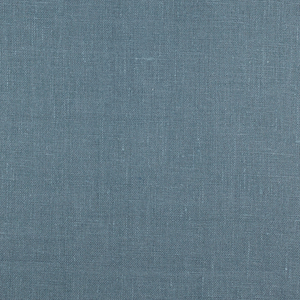

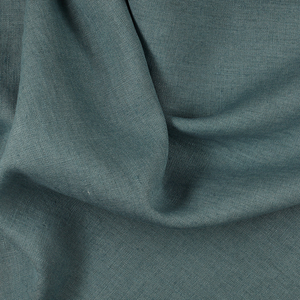













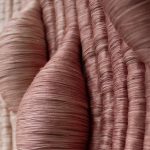


4 Comments
Laurie Lee
Started together at Cranbrook! Was never a student there but spent time In the museums and on the grounds. Grew up not far from there. Fun to read about Sarrinen’s students who made such an impact!
Carol Koch
I love learning about this design team couple. When the Los Angeles County Museum of Art had an exhibit about them it included Ray’s desk with the drawers pulled out to expose little collections of things that inspired her. Things like buttons and acorns and ribbons or pebbles. Very much the way my mind works as a designer. It was my favorite part of the exhibit. You got a glimpse of her mind. Beautiful!
Kelly Morrissey
Wherever I’ve traveled in the world, visiting museums as I go, I’ve always been thrilled to find anything by or about the Eames’. I saw an Eames chair at Ford Village in Dearborn, MI and watched Powers of Ten at the Perimeter Institute of Theoretical Physics in Waterloo, Ontario during Einstein Fest in 2005, which celebrated the physicist’s miracle year. Thank you for this article. I can always count on you for excellent writing and content.
Carol Neumann
Two of my passions—MCM and fabric—in one spot. Thank you for this.